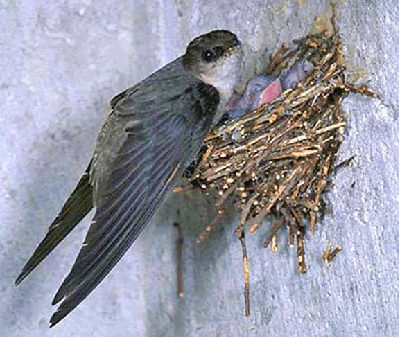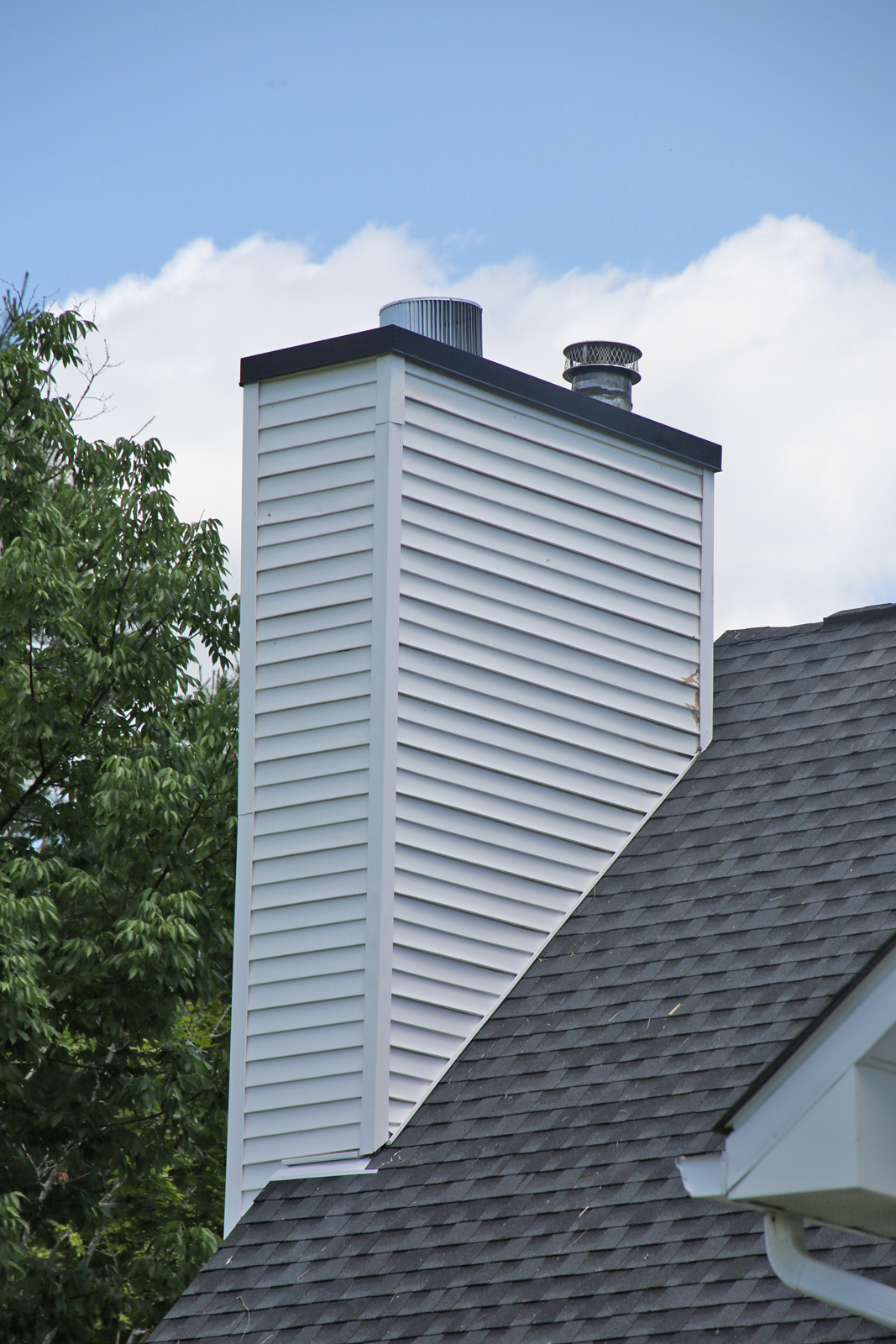Are Small Animals Hiding in Your Chimney?
Your chimney is an inviting place for small animals to escape the winter rain and snow and hide from predators. Once little birds, squirrels, mice, raccoons, and other critters climb into the flue, they often become trapped, unable to escape. If you hear gnawing, scratching, chirping, or other similar noises in the flue, there may be small animals in your chimney. A foul odor inside the fireplace is another sign of pests.
 How did the Small Animals get in?
How did the Small Animals get in?
Most of the time, small animals are playing hide and seek through a broken or missing chimney cap. Their curiosity and desire to keep their food away from predators often leads them inside the flue. After they eat their tasty meal and wake up from a restful nap, they are ready to climb out and hunt for more food. Realizing they cannot escape, some will perish in the flue.
You can imagine the surprise when a homeowner discovers bats flying inside the chimney. These nocturnal creatures check-in for the evening and often check out in the morning. They usually enter through an uncapped chimney, a crack in the wall, or other gaps in the masonry. Surprisingly, a tiny 3/8” of an opening is all they need to squeeze inside. It is an excellent reminder to keep the damper shut when the fireplace is not in use. Otherwise, these small animals can make their way down the chimney into the living space.
Installing a sturdy chimney cap with a stainless-steel mesh screen will help prevent unwanted squatters from climbing or flying in the chimney. Inspect the chimney cap regularly and repair it and replace it as soon as possible when damaged. Also, inspect the masonry and repair any cracks or gaps in bricks and mortar.
 How to Remove Small Animals from the Chimney
How to Remove Small Animals from the Chimney
If you suspect live animals in the chimney, don’t panic and stay calm. Also, don’t light the fireplace to smoke them out. Instead, try to provide an escape route. Tie a rope to the top of the chimney, leaving enough length for the animal to use when climbing up. Use a container with air holes to catch and release them away from your chimney. Another option recommended by the Humane Society of the United States is the setting of a live trap. Always set the trap before opening the fireplace. Bait the trap with food like peanut butter and wait. When the animal takes the bait and gets into the trap, take it outside and open the door for it to escape.








